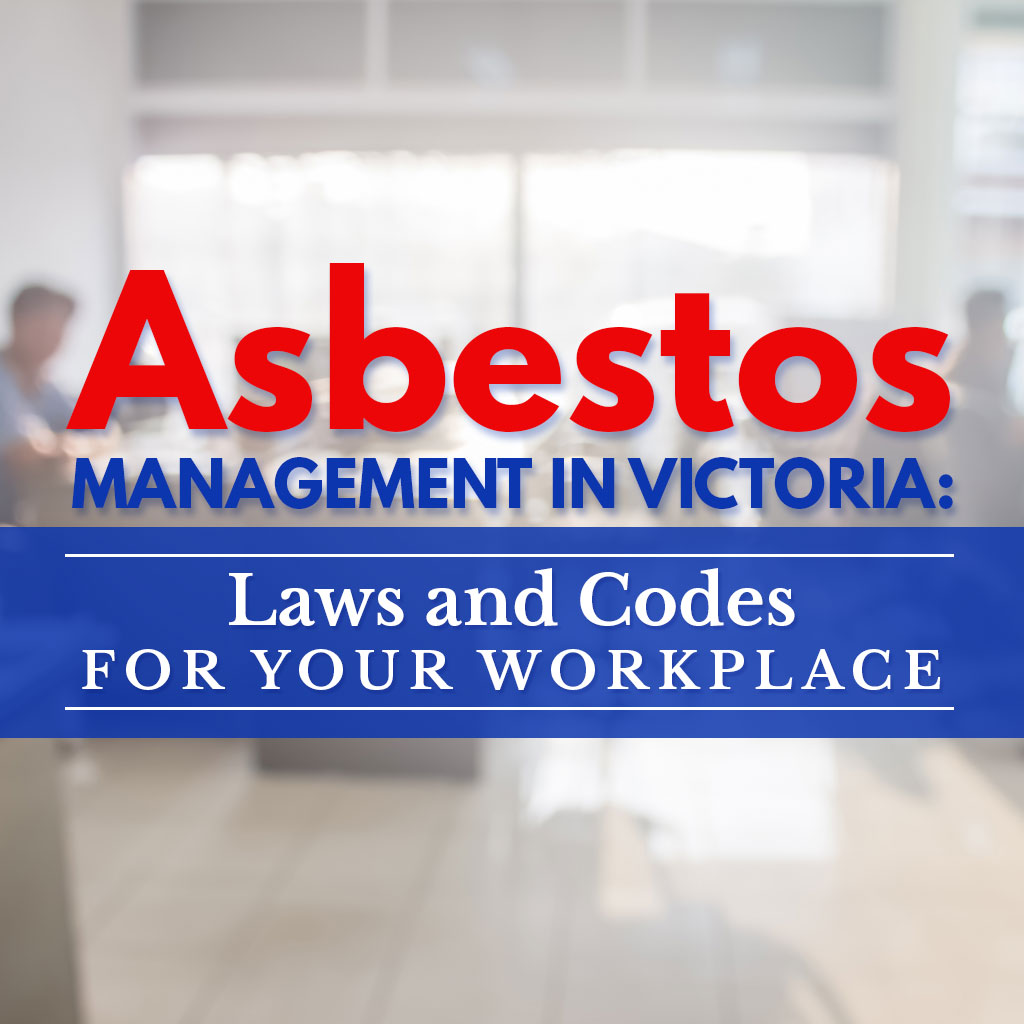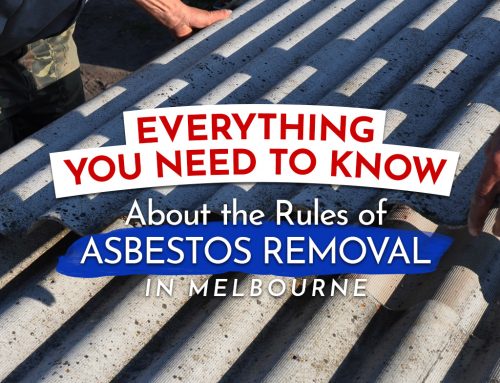Asbestos exposure can easily become a pressing issue for workplaces in Victoria. A lax attitude towards it won’t just tarnish a company’s reputation, but it can even cost employees their lives. Plus, if you think about it, the tragedy of Wittenoom essentially started with a work environment that lacked asbestos-related laws or codes.
If you want to protect your colleagues, knowing the asbestos-related regulations for your workplace in Victoria can prove invaluable. Here’s a list of asbestos management laws and codes you’ll want to read up on.
Asbestos Management Laws and Codes for Your Workplace in Victoria
1. Occupational Health and Safety Act 2004
Asbestos management is far from a one-person obligation whether you’re in Victoria or elsewhere in Australia. In fact, workplace safety ought to be a concern of both employers and employees. The Occupational Health and Safety Act lays the groundwork for these two parties to work together, encouraging discussions and the creation of joint health and safety committees for workplaces.
Interestingly, the very existence of the Act emphasizes the importance of teamwork. The OH&S Safety Act resulted from the cooperation of the Australian government, employers, and work unions.
Read the full OH&S Act of 2004 here.
2. Occupational Health and Safety Regulations 2017
If the OH&S Act of 2004 focuses on cooperation, then the Occupational Health and Safety Regulations 2017 support the Act by outlining specific requirements to account for workplace hazards. The Regulations also replace a previous version that took effect in 2007.
In particular, Part 4.4 of the Regulations is all about asbestos. Some responsibilities outlined for people who manage or control a workplace include:
- Limiting, if not completely eliminating, exposure of people at the workplace to asbestos fibres
- Ensuring that any exposure to airborne asbestos remains below standard
- Providing employers with access to copies of the results of atmospheric monitoring in the workplace
- Hiring only licenced specialists to carry out commercial asbestos removal
- Prohibiting the usage of brooms, power tools, and high-powered water jets on asbestos-containing surfaces, and only using brushes for sealing purposes
One key difference between the 2007 and 2017 Regulations is that the 2007 version only applied to workplaces with fixed and installed asbestos on-site. This left a loophole in the case of workplaces that had asbestos contaminated soil or dust instead of fixed and installed forms of the material.
Another notable amendment to the Regulations concerns individuals who wish to apply for asbestos removal licences. Such individuals must now declare whether or not they have been found guilty of Environment Protection laws about the transport or disposal of asbestos.
You can read the OH&S Regulations 2017 here.
3. Managing Asbestos in Workplaces Compliance Code (WorkSafe Victoria)
Are you in charge of a workplace where your colleagues are likely to be exposed to asbestos? You’ll want to go through WorkSafe Victoria’s compliance code for asbestos management, which can definitely help protect the people around you. This code is also relevant to self-employed persons, employees, and health and safety representatives.
Some important points that the code touches on include:
- Duties for controlling asbestos exposure
- Prohibitions for asbestos and asbestos-containing materials
- Steps to identify asbestos in the workplace
- Controlling asbestos-related health risks
- Precautionary measures during demolition and refurbishment work
- Required contents of an asbestos management plan
- Examples for various scenarios involving asbestos
NOTE: To fully comply with a code, you should also carry out the Act or Regulation duty that the code builds on. Also, codes released by WorkSafe are not an absolute requirement for companies in Victoria. You may find other ways to comply with the relevant Act or Regulation duties. That being said, it is still highly advisable to follow this code.
Download the complete code from WorkSafe Victoria.
4. Removing Asbestos in Workplaces Compliance Code (WorkSafe Victoria)
If you oversee a workplace where asbestos removals take place, you need to be sure that you’re still fulfilling your OH&S obligations. You’ll do well to read the WorkSafe Victoria compliance code for removing asbestos in workplaces.
This compliance code can also be useful for the following individuals:
- Employers in Victoria who perform limited removal work
- People who commission removal work
- Asbestos removalists
- Employees and health and safety representatives
In line with this, the code includes valuable information on:
- Types of asbestos removal work
- General requirements for such work
- Requirements for licenced asbestos removal
- Guidelines for air monitoring and clearance inspections in a work environment
- Duties concerning asbestos-contaminated soil
- Examples for scenarios involving asbestos removal
This code can also be downloaded from WorkSafe Victoria.
ALSO READ: Asbestos Landfill/Asbestos Disposal Areas in Victoria
Still have questions about asbestos management laws and codes for your workplace? You can always contact an industry leader like AWARE. With over 25 years of experience under our belt, we can offer you expert insight to help secure your workplace and protect your colleagues. Our licensed Class A asbestos removal specialists can also safely handle any encapsulations or disposals that your workplace may require. Contact us today to find out more.
Found this post interesting? Visit our blog for more articles about asbestos.





